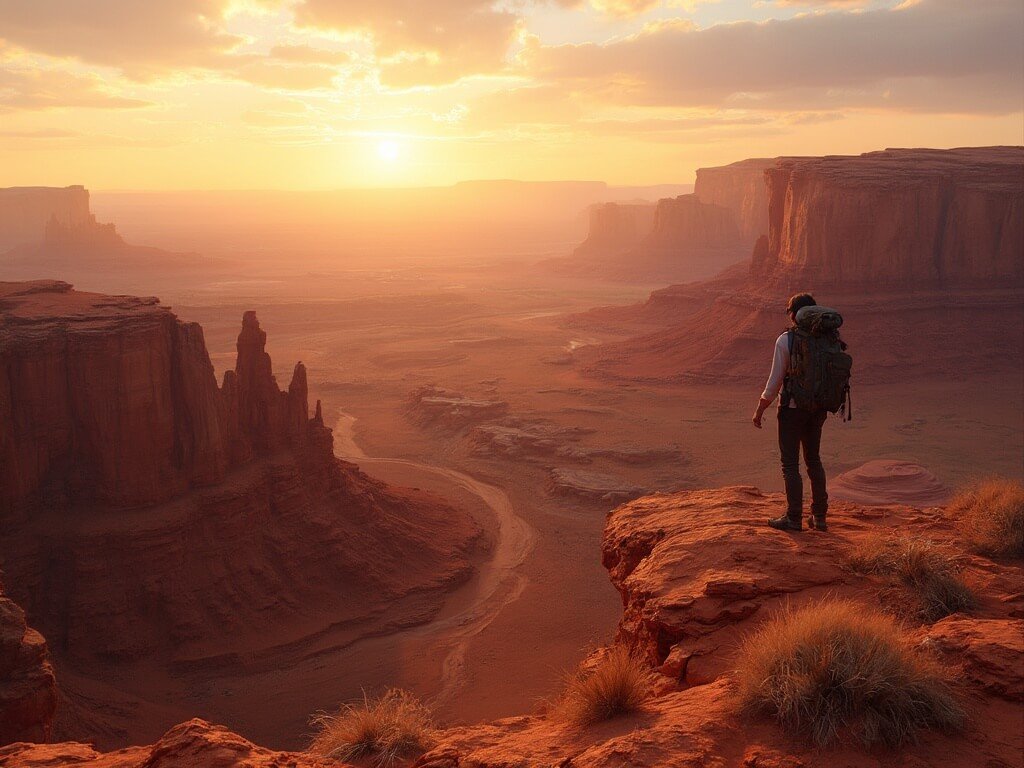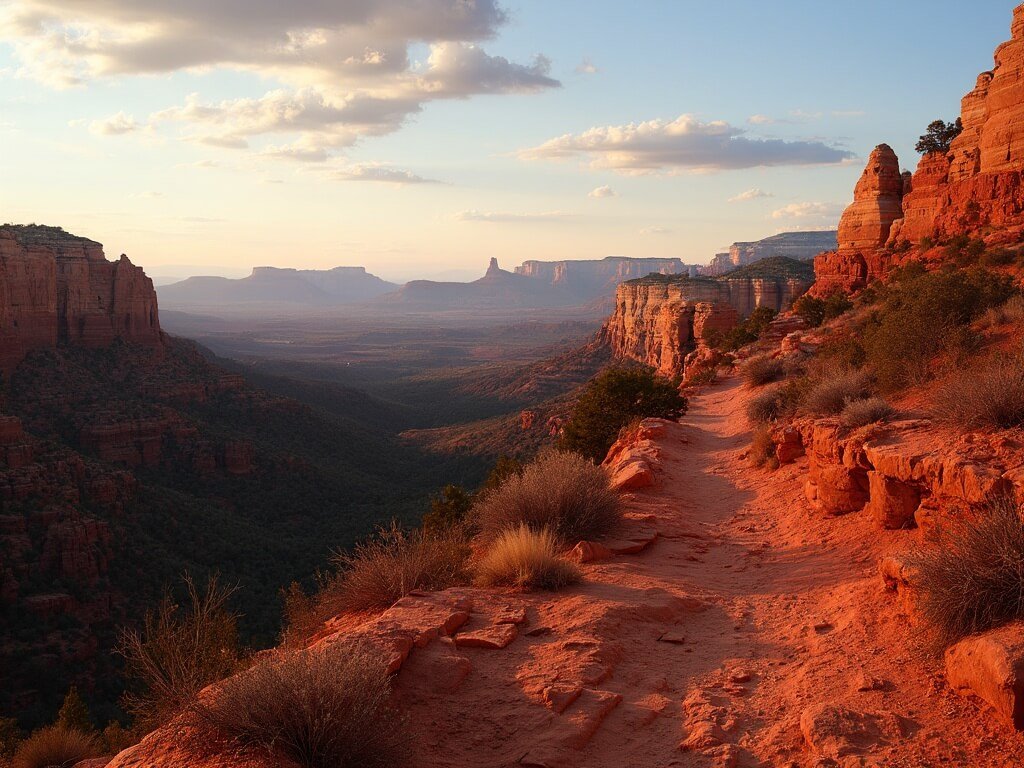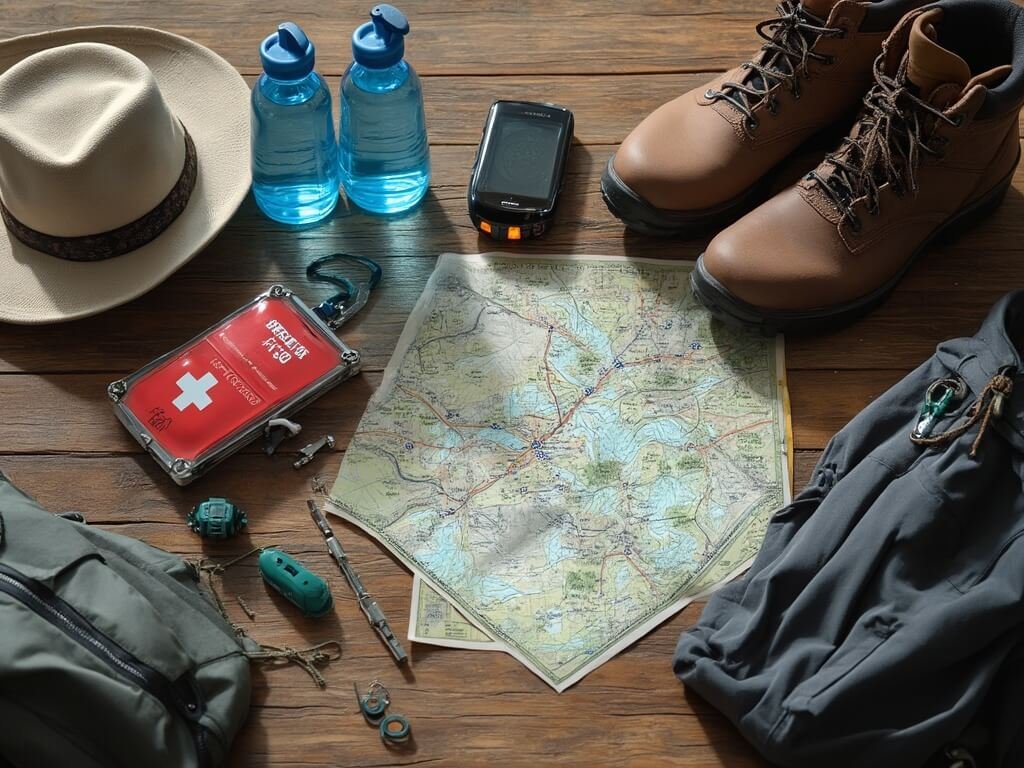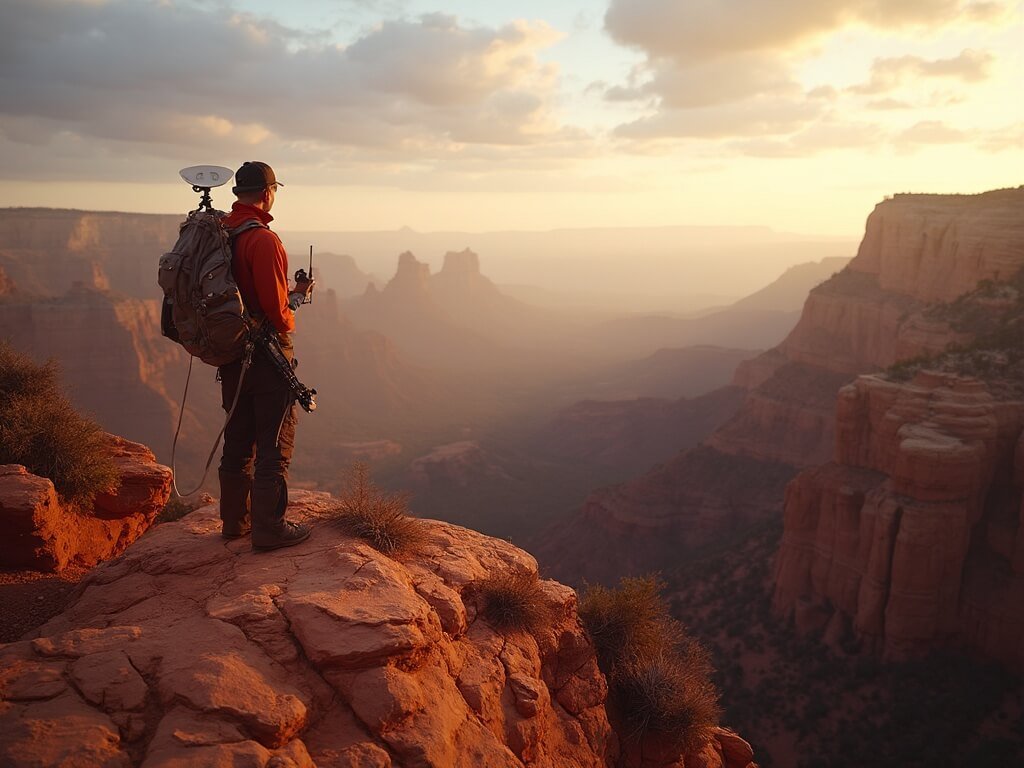Ever wondered what it feels like to trek alone through breathtaking red rock landscapes where silence speaks louder than words?
Sedona’s Red Rock Country isn’t just a hiking destination—it’s a transformative experience waiting to unfold. With over 200 trails spanning 400+ miles of mind-blowing terrain, this desert wonderland offers solo adventurers a playground of geological marvels, spiritual energy, and unparalleled natural beauty.

Why Solo Hiking in Sedona is Your Next Epic Journey
Picture towering sandstone buttes, winding canyon trails, and panoramic vistas that’ll make your Instagram followers green with envy. Sedona isn’t just another hiking spot—it’s a personal pilgrimage where every step reveals something profound about yourself.
My first solo trek here changed everything. I remember standing atop Bell Rock, wind whipping through my hair, realizing how small yet significant one person can feel in such a massive landscape. The connection was electric.
Smart Trail Selection: Your Safety Starts Here
Not all trails are created equal, especially for solo hikers. Your smart move? Stick to well-traveled paths that offer both safety and spectacular views.
Top Beginner-Friendly Trails:
- Bell Rock Pathway (1.5 miles, panoramic views)
- Courthouse Butte Loop (3.4-4.3 miles, varied scenery)
- Cathedral Rock Trail (short but strenuous, iconic summit)
Essential Pre-Hike Preparation: Survival is Not an Accident
Before you hit those stunning trails, let’s talk survival basics.
Mandatory Solo Hiker Checklist:
- Minimum 2-3 liters of water
- Offline trail maps
- GPS-enabled smartphone
- First aid kit
- Sun protection
- Emergency whistle
- Fully charged backup battery
Pro Tip: Always—and I mean ALWAYS—tell someone your exact hiking plan and expected return time.
Timing is Everything: When to Hit Sedona’s Trails
Desert hiking requires strategy. Summer? Brutal. Midday? Dangerous.
Best Hiking Seasons:
- Fall (October-November): Mild temperatures, fewer crowds
- Spring (March-May): Perfect hiking conditions
- Avoid summer midday hikes like the plague
Safety Isn’t Optional: Your Personal Wilderness Protocol
Solo doesn’t mean vulnerable. Here’s your safety game plan:
- Stay on marked trails
- Know your fitness limits
- Start early, avoid midday heat
- Be wildlife-aware
- Carry emergency communication devices
Gear That Could Save Your Life
Your hiking kit is your lifeline. Invest wisely.
Must-Have Solo Hiker Gear:
- Lightweight, moisture-wicking clothing
- Sturdy hiking boots
- High-SPF sunscreen
- Wide-brimmed hat
- Trekking poles
- Emergency beacon
The Unspoken Magic of Solo Hiking
Beyond physical challenge, solo hiking offers something profound—a conversation with yourself against nature’s most spectacular backdrop.
You’ll discover resilience you never knew existed. You’ll find peace in solitude. You’ll connect with a landscape that’s been waiting millions of years to meet you.
As the red rocks shimmer under the Arizona sun, your journey is just beginning. The trails of Sedona are calling, promising an adventure that transcends mere walking—this is exploration of both landscape and soul.
Want to know which specific trails will blow your mind and keep you safe? Keep reading, because we’re about to dive deep into Sedona’s most incredible solo hiking routes.
Looking for more epic travel inspiration? Check out our guides on Discover the Charm of Charleston and Experience Autumn in New England.
The Hidden Challenges Solo Hikers Never Talk About
Let me be brutally honest. Solo hiking isn’t always Instagram-worthy glamour.
Sometimes it’s pure, raw survival. Like my unexpected encounter with a rattlesnake near Brins Mesa—nothing prepares you for that split-second heart-stopping moment when nature reminds you who’s truly in charge.
Wildlife Encounters: Your Unexpected Trail Companions
Sedona’s wilderness isn’t a curated theme park. It’s a living, breathing ecosystem with residents who don’t care about your hiking plans.
Survival Tactics for Wildlife Interactions:
- Maintain calm, slow movements
- Never approach or feed animals
- Carry snake-bite first aid kit
- Learn local wildlife behavior patterns
- Make noise on trails to avoid surprising creatures
Technology: Your Silent Trail Guardian
Modern solo hikers have an incredible advantage—digital backup systems that were science fiction just decades ago.
Essential Digital Safety Tools:
- Offline GPS maps
- Emergency location sharing apps
- Satellite communication devices
- Battery backup power banks
- Real-time weather tracking apps
Mental Resilience: The Unsung Hero of Solo Hiking
Physical preparation matters. But mental strength? That’s your real survival mechanism.
Solo hiking strips away external distractions. You’re left with raw, unfiltered internal dialogue. Some hikers find this terrifying. Others—like myself—discover profound personal insights.
Financial Considerations: Budget-Smart Hiking
Solo doesn’t mean spending solo. Strategic planning saves serious cash.
Budget Hiking Hacks:
- Purchase annual Red Rock Pass
- Rent gear instead of buying
- Use local shuttle services
- Pack your own meals
- Choose shoulder season for cheaper rates
Advanced Solo Hiking: Beyond the Basics
Once you’ve mastered fundamental skills, Sedona offers increasingly complex experiences.
Expert-Level Trail Recommendations:
- Keyhole Cave Trail
- Wilson Mountain Summit
- Remote backcountry routes
- Technical climbing-adjacent trails
When to Call It: Knowing Your Limits
Ego has no place in wilderness survival. The smartest hikers know precisely when to turn back.
Red Flags Demanding Immediate Retreat:
- Unexpected injury
- Severe weather approaching
- Equipment failure
- Physical exhaustion
- Navigational uncertainty
Community and Connection: You’re Never Truly Alone
Despite “solo” hiking, Sedona’s trails are surprisingly social.
Most trails feature periodic encounters with:
- Other solo hikers
- Guided tour groups
- Local hiking clubs
- Friendly park rangers
Final Wisdom: Your Sedona Solo Hiking Manifesto
Hiking alone isn’t about conquering nature. It’s about harmonizing with it.
Each step is a conversation. Each trail, a teacher. Each moment—pure, unfiltered adventure.
Your red rock journey starts now. Are you ready to write your own trail story?
Pro Tip: The most important piece of gear you’ll ever carry is your prepared mind. Everything else is just equipment.
Remember: Solo hiking in Sedona isn’t just a trip. It’s a transformative experience waiting to unfold.
Sedona solo hiking: Where personal limits dissolve, and true adventure begins.
If you’re preparing for your journey, check out this comprehensive hiking alone in Sedona guide or dive into a weekend hiking guide to Sedona for more hands-on tips.
Explore More Adventures
- Visit the Alaska Glaciers and Wildlife
- Cruise Through the Florida Keys
- Explore the Historic Streets of Savannah
- Wander the Streets of Prague, Czech Republic
- Experience Autumn in New England











